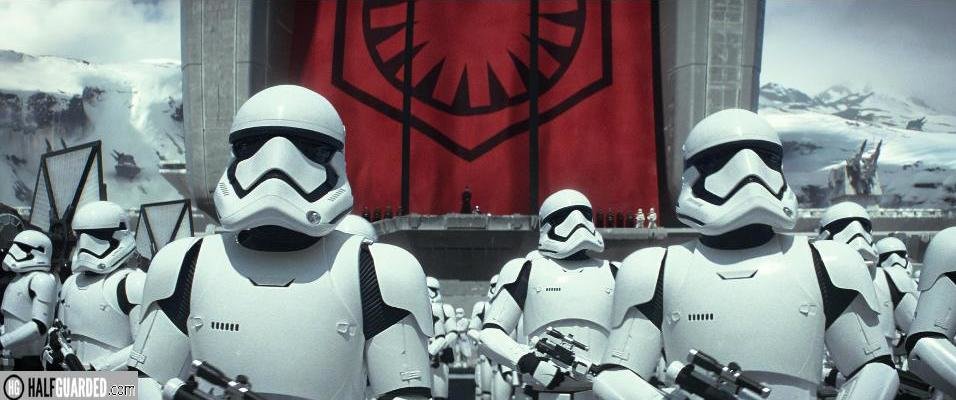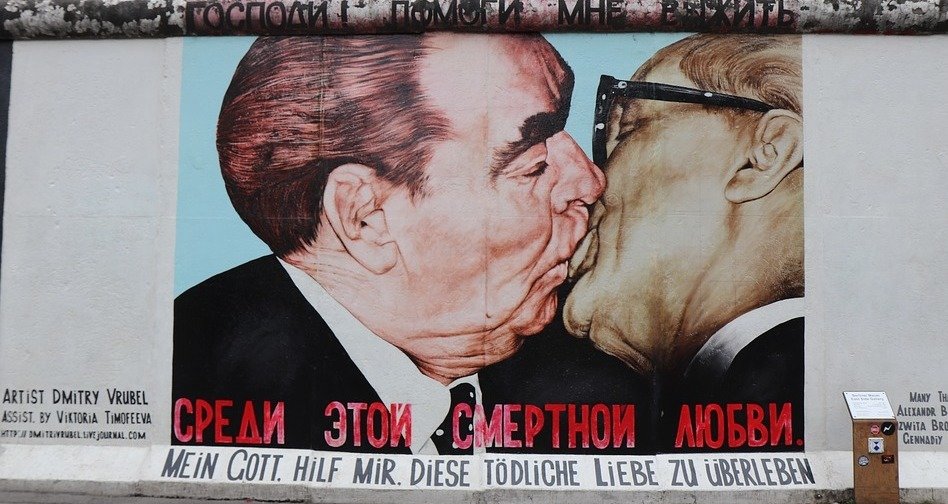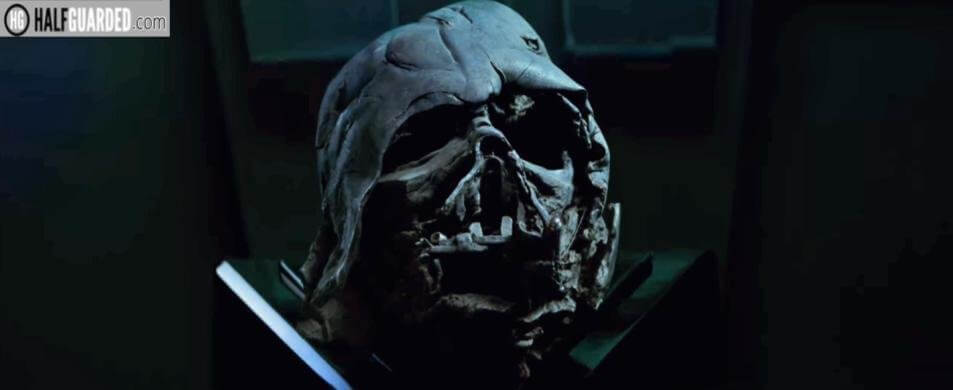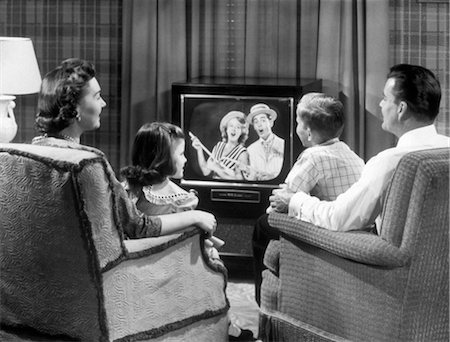
Spoiler, the way we watch television has changed. The mixed (sometimes angry) reaction that has greeted Disney’s decision to drop one episode a week of it’s Star Wars and Marvel shows, highlights how some viewers have become accustomed to being in total control of how they watch the latest season of their favourite show. The days of Walking Dead and Game of Thrones taking a hold of our lives for fifteen weeks at a time are become a quaint throwback, with streaming services dropping an entire season of their hits shows in one go to binge at will. A viewer that limits themselves to one episode a day and making the experience last more than a week, can be considered the model of restraint (not to mention increasing the risk of falling upon spoilers).
It’s not only having the freedom to watch the shows when and how much that has changed. The very makeup of shows has changed, as television has edged further into the cinematic with a single season of a show nowadays playing like a movie organised into chapters. Until the game changing shows like Twin Peaks and The Sopranos, television networks for repeat and syndication appeal liked to have their shows be self contained episodes, a single beginning, middle and end story with the status quo remaining intact come credits time. There was also something safe and expectant about them. Whether you were in the era that sat down to watch Bonanza, Star Trek, Cagney and Lacey, Knight Rider or Cheers you did so with an expectation of the familiar players the episode would be built around and the genre and tone of story you’d be enjoying.

Watching these kind of TV shows of the 20th Century made you familiar with certain tropes. Sometimes they were simple plotlines, sometimes surprisingly little gags and easter eggs, but also there could be surprising interruptions to your regular viewing that were not always well received. In fact sometimes they could be frustratingly disappointing and ruined your evening’s viewing. Good or bad, the following are some regular occurrences in television shows, some of which have fallen to the wayside and only show up in nostalgic parody.
The Imposter Plot (Kill Us Both Spock).
With so many television series, each throwing out some 25 episodes a year, it’s understandable that the strain on writers would lead to some familiar storylines doing the rounds between shows. For example the 80s action shows like A-Team, Knight Rider, Fall Guy, would always seem to have a Hell’s Angels episode and a Jonestown style cult episode at some point during their run.
However there was one storyline that seemed to rule supreme, an easy gimmick that producers loved to fall back on. The always popular imposter or doppelganger episode.
The original Star Trek went to this well more than once, with a transporter accident once splitting Kirk into two identical beings (“The Enemy Within”), a Jekyll and Hyde scenario with one containing the “good” elements of his personality and the other the “bad.”However a more famous episode saw another transporter accident sending several of the crew into an alternative Universe (“Mirror, Mirror,”) where all the characters had doppelgangers who were decidedly more evil and frankly cooler. However it wasn’t just sci fi that was able to make use of this particular trope, but also the more down to Earth shows.

A classic example of the villainous imposter story was the season 2 finale of Starsky and Hutch (dramatically entitled “Starsky and Hutch Are Guility”), where two thugs disguise themselves as our heroes right down to the red with white stripe Gran Torino and go out committing crimes. With Huggy Bear absent from the episode (who let’s face it solved most of the pair’s cases for them), it was down to the framed Starsky and Hutch to track down the real perpetrators and clear their name.
This storyline did the rounds on a number of popular TV shows. David Hasselhoff found he wasn’t driving the only talking Trans-Am where it was revealed K.I.T.T secretly had a double in K.A.R.R (“Trust Doesn’t Rust” an “KITT vs KARR”) but who’s programming caused him to be evil. The A-Team had their good name sullied by a team of imposters hired to run a circus out of business, for some reason (“The Showdown.”) Those good old Duke Boys in The Dukes of Hazard had a similar problems when imposters in latex masks and a replicated General Lee pretended to be them while robbing banks (“Double Dukes,”). Even Charlie’s Angels had trouble with copycats, when the Jackson, Smith and Ladd lineup had to face off with a trio of criminal imposters (“The Counterfeit Angels”).

This formula proved popular amongst writers as the story always pretty much wrote itself. The satisfying conclusion would invariably end with our regular heroes catching up with the imposters and giving them a right good kicking, with each person squaring off against their own particular fake.
20% New Footage, The Dreaded Clip Show Episode
Of all the dirty, lazy tricks writers would pull on their audience, none were as notorious as “The Clip Show” episodes. Nearly every show did them, and whether the excuse was due to budgets, falling behind in production or to create an episode during a writer’s strike they were always creatively awful.
The episode would go something like: Kelly of Charlie’s Angel’s would get shot (“Let Our Angel Live”), Ryker of Star Trek: Next Generation would be in a coma (“Shades of Grey”), Murdoch of the A-Team would get shot (“Curtain Call”), Crockett in Miami Vice would get shot (“A Bullet for Crockett”), and well I think you’re getting the picture. Anyway while that character was fighting for their lives all the other regulars would reminisce about their favourite episodes, I mean adventures togethe,r meaning they could lazily flood the show with clips from past episodes.

There were variations, such as Buck Rogers thinking back on his previous foes as to who a potential new threat could be (“A Blast for Buck”). At least when Moonlighting did a clip show with “The Straight Poop” under the premise that Maddie and David had fallen out and couldn’t work together to make a new episode (which probably was the truth often) they added enough meta behind the scenes moments, including a bloopers section to make it entertaining. But generally these sorts of episodes often felt like a ripoff of loyal audiences time.
The one time that any clip show had any worth was in the Original Star Trek two parter, “The Menagerie,” which took the footage from the unaired Star Trek pilot “The Cage,” and creatively built a brand new episode around it.
As cheesy, cynical and outdated the concept of clip shows are they survived at least into the early 21st century with Friends practically making them a seasonal tradition. The Simpsons have made no less than six clip show episodes, although they have at least used the opportunity to spoof the concept with some nods and winks.
Who The Fuck Are These Guys? The Spinoff Episode
Imagine you’ve had a long day at work, a hard day at school or your dog’s been run over by a steamroller (except the steamroller stopped half way and the dog is still alive and you’ve had to finish you beloved companion off yourself a tyre iron, except it won’t die and you have to hit it about ten times). Point is you’ve had a bad day, but fortunately your favourite tv show is on and so you get settled down expecting to enjoy an adventure with some familiar faces. Well surprise, because those stars you depend on are only going to be on your screen for a couple of minutes as the episode focuses on one of the supporting cast.
All set to accompany Crockett and Tubbs brining down a drugs ring? Sorry tonight’s Miami Vice episode is all about the sidekick Larry Zito (“Made for Each Over”). Tuned in for some fun with Sybil Shepherd and Bruce Willis in Moonlighting? Well, after the first five minutes it’s all about Agnes and Herbert trying to solve a case (“Poltergeist 3, Dipesto nothing”). As a kid I was well pissed off tuning in to watch The Incredible Hulk, only to have to sit through an hour following around reporter Jack McGee and the effect his obsession searching for the Hulk was having on his personal and professional life (“Proof Positive”). At least when X-Files handed an episode over to the life of The Cigarette Smoking Man it paid off lots of details about one of the shows most mysterious characters.
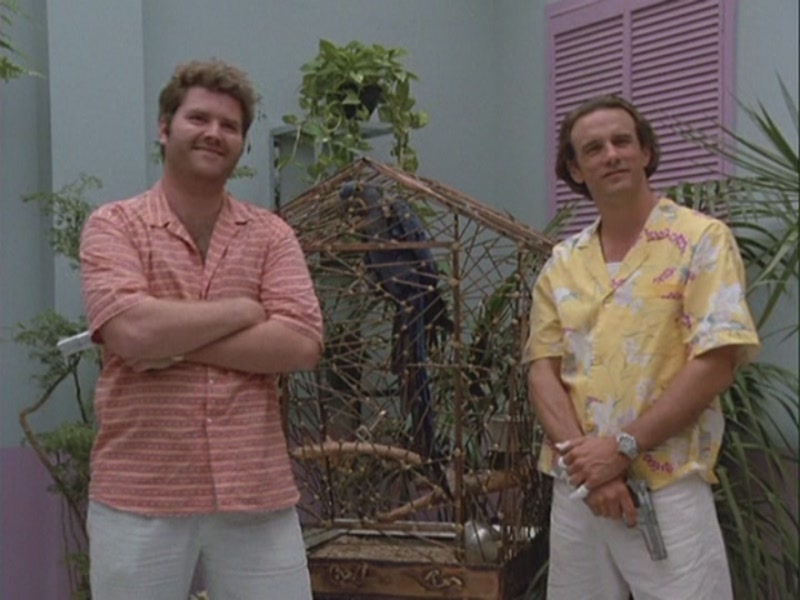
At least in these cases they were characters we were familiar with. As there were far worse episodes sprung on unsuspecting viewers, when producers would cynically allow a popular show to be hijacked by brand new characters they were hoping to spin off into their own show. Viewers who’d stuck with Miami Vice into it’s fifth and final season were hardly thrilled watching the episode “Leap of Faith,” where Don Johnson only appeared for a few minutes while the story focused on a bland team of unknown young detectives infiltrating a college campus. Yes, this was what’s known as a backdoor pilot featuring characters who the makers hoped would carry on the Miami Vice legacy. As Samuel Jackson would say “this one became nothing.”
Backdoor pilots were very common, especially in comedy shows where the casts of say the Golden Girls or Happy Days, would be kicked to one side for an episode to make way for a new cast of previously unknown characters the makers were hoping to make the networks interested in. Imagine the disappointment of getting a ticket to the live recording of these particular episodes. As I kid I was especially bemused watching a Different Strokes episode, where instead of getting to laugh at Arnold saying “Whatcha talking bout Willis?” for the millionth time, the story followed an immigrant who delivered a cake to the Drummonds in the opening scene. I had to sit through the unfunny exploits of this guy’s “immigration and naturalization class” which left me as unentertained as the network guys who nixed this one too.
When Gene Roddenberry’s idea for a series based on a intergalactic secret agent on 60’s Earth was rejected, he simply shoehorned his idea for the pilot into the story of the season two finale of Star Trek. The result was a weird mish mash of an episode, featuring the Enterprise going back in time for no real reason and Kirk and co taking a backseat to some weird new characters, including Isis the cat who is revealed can turn into a woman. Star Trek fans were baffled and the TV network were still unimpressed by Roddenberry’s idea. The episode’s main legacy was a near 50 year mystery over the identity of the actress who appeared for the spilt second of Isis’s human form.
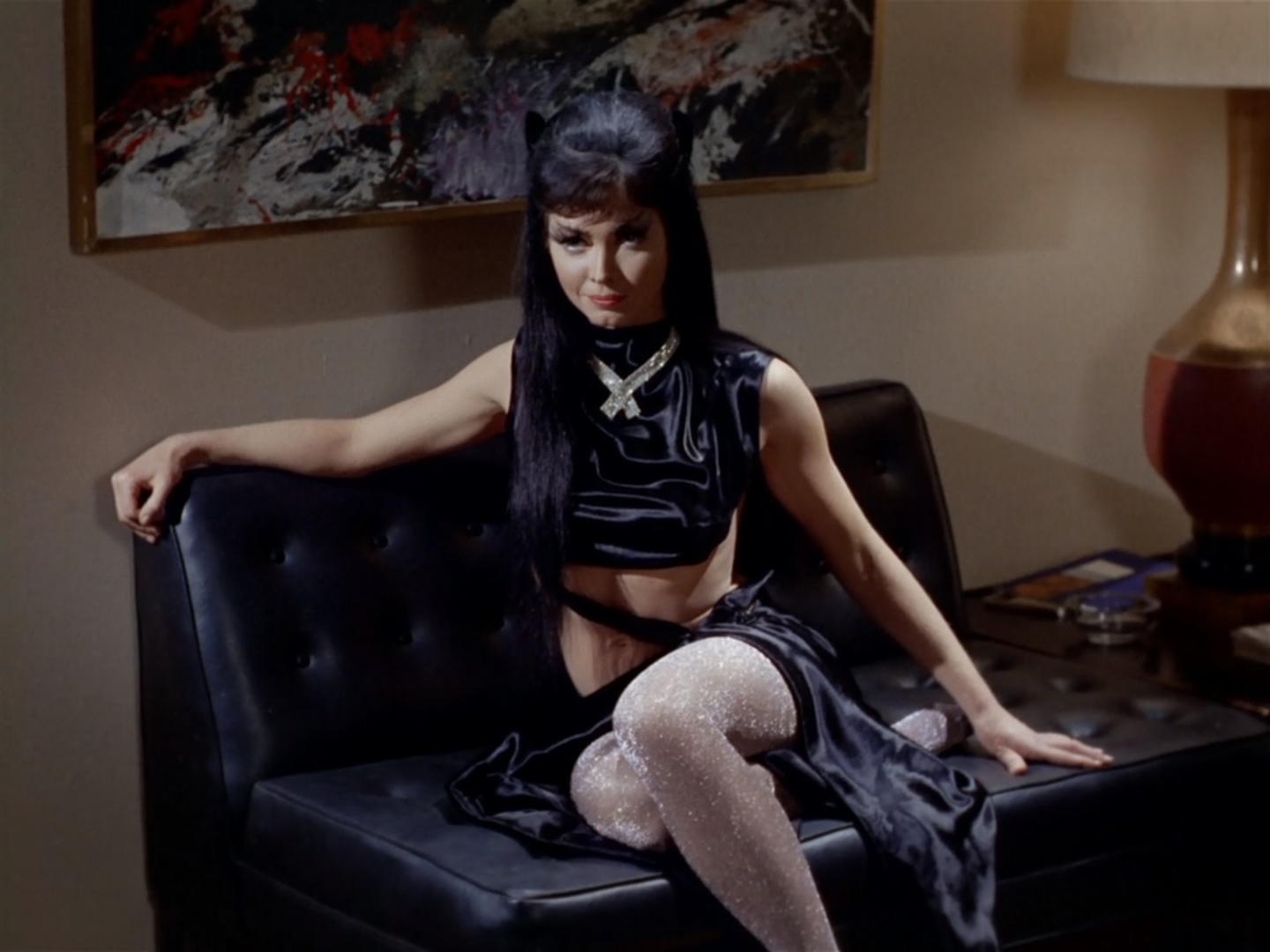
If I can be serious for a moment
Imagine once again that you need to unwind and watch something comfortingly familiar and you really need a good laugh. Well it’s Monday (18th Feb, 1980 to be exact), and MASH is on tonight and the adventures of Hawkeye and co are always good for a chuckle. Not only that, tonight’s episode is written and directed by Alan Alda himself so this is going to be extra hilarious. All we have to worry about is whether it’s an episode with that risible canned laughter.
So you sit back waiting for the typical MASH mixture of cracking comedy and touching melodrama, only to have your senses take an absolute slapping as you sit through “Dreams,” in which you bear witness to the surreal and dark nightmares of the 4077. Rather than belly laughs you get such disturbing sights as Hawkeye with his arms detached floating down a river surrounded by severed limbs, Hotlips walking in a field in a wedding dressed caked in blood, Klinger watching himself being operated on, Winchester dancing while unable to save a dying patient and Father Mulchany stood in front of a dead soldier on a crucifix as blood drips onto his bible. It’s a powerful episode, hard hitting especially because it’s so unexpectedly dark in tone, but an unsuspecting audience can be forgiven for coming out of the episode rather bemused.

It stands to reason that drama TV shows will push the boundaries and go extra dark once in a while, such as the Stasky and Hutch episode where Hutch is kidnapped and forcibly addicted to heroin (The Fix) which the BBC refused to air (it only aired on UK screens in 1999 as a special attraction on Channel 4’s Starksy and Hutch celebration night). I was particularly traumatised as a kid where an episode of Little House on the Prairie of all things went full horror when the farm comes under siege by a pack of feral dogs (“The Wolves,”). While not exactly Red Wedding or Negan pulverizing Glenn’s skull with a baseball bat, mainstream shows in the 20th century could bring us controversial moments, some of which are still shocking on some level even today mainly because they were so out of character, especially when they showed up in comedy shows.
The first episode of The Golden Girls I ever saw (and before I go on if you’re sniffy about The Golden Girls, fuck off because that show was, and still is bloody hilarious), was centered around Rose bringing a guy home and him dying in her bed after a night of sex (In a Bed of Rose’s). Yes, an elderly guy being fucked to death by Betty White was considered a reasonable plot for comedy. And rightfully so, because this was back in the 80’s when people had a sense of humour before the PC came and spoilt every single thing in the world. If you don’t find Sophie advising Rose that if a burglar breaks into the house just to sleep with the poor bastard hilarious you’re reading the wrong blog.

The tone of this “What the Hell?” episode changes when it falls on Rose to tell the guy’s wife that he’s dead and how it happened. If you haven’t watched The Golden Girls and just know it as that show with the old women, you may be surprised that the show was great at this sort of moments and would be groundbreaking in it’s willingness to tackle social issues. The show introduced gay characters, such as when a lesbian friend of Dorothy visits and falls in love with Rose (“Isn’t it Romantic,”), and a recurring storyline dealt with Blanche conflicted attitude towards her brother coming out and eventually getting married to a man (“Scared Straight” and “Sister of the Bride,”). Way ahead of it’s time was an episode of the spinoff series “The Golden Palace,” where Blanche and a young Don Cheadle clash over the use of the Confederate flag for a Southern nostalgia themed event in the hotel (“Camp Town Races Ain’t Nearly as Much Fun As They Used To Be.”)
These Golden Girls episodes are notable examples of what became to be known as “Very Special Episodes,” where normally light hearted shows would tackle weighty issues such as prejudice, drug abuse, HIV, physical and sexual abuse, often at the times taboo subjects. Roseanne, Mr Belvedere, Fresh Prince of Bel Air, Saved by the Bell all did such shows, normally with a disclaimer at the start. However the most infamous was a jaw dropping two parter of Different Strokes, an episode called “The Bicycle Man.”
If you tuned in late to the opening of “The Bicycle Man,” in 1983 expecting to see the usual wackiness with Arnold saying “Whatcha talking bout Willis?” and missed Mr Drummond warning that the episode would be dealing with a very sensitive and important subject, you’d be stunned how the story plays out. Arnold while shopping for a new bike is befriended by a seemingly friendly old man who owns the bicycle store. The guy gets Arnold and one of his classmates to start visiting him in the back of his store, where he slowly starts the groom the boys, with wine, porn mags, a seemingly erotic cartoon and convincing them to play Tarzan with him (which involves one of the lads to take off his shirt and ride on the old nonce’s back).
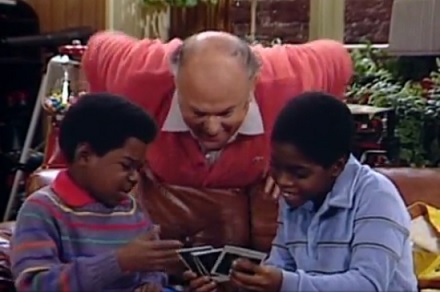
Designed to open up the discussion on the threat of paedophiles and educate children on the dangers of strangers, the episode is rightfully tense and disturbing. However the already unsettling story is made even more so by the usual Different Strokes humour, with the boys comical reactions to the porn they’re exposed to accompanied by the usual (I think canned) audience laughter. The inclusion of that laughter and humour can’t help but raise eyebrows at the mixed tone because you’re essentially being invited to laugh at the boys reactions to being unknowingly groomed. The laughs end with the story climax, a race to rescue Dudley from being drugged and molested in by the bike shop owner in the shower. It’s a worthwhile, daring even episode, that has been received with shock by modern reviewers who can’t believe a children’s show would go so dramatic and dark, especially retaining a degree of comedy.
The fact is that even though parents may not have been thrilled by it, children’s shows have often been prepared to treat it’s young audiences with a degree of maturity when educating them on difficult issues and often scaring the living daylights out of them at the same time.
In the UK the often controversial BBC show Grange Hill had a slow build storyline where it was revealed one of it’s most popular characters Zammo McGuire had become addicted to Heroin. I remember the dramatic end to one episode with a zoom in shot of a zoned out high Zammo was the talk of my playground the next day at school. Even today people of my generation can still recite the unintentionally catchy line “Zammo Mcquire chased the dragon and got a smack in the nose.” The BBC followed up this storyline by recruiting its cast into anti drug campaign, spearheaded by the release of a hit single “Just Say No.” Their work earned them a visit to the US to meet with Nancy Regan to congratulate them on their work, herself engaged in a campaign against drugs. The irony here is revelations by cast members that they were all stoned off their tits when meeting the First Lady and footage of the public events showing them wide eyed and out of it, clearly supports this. As one of the child actors later said in an interview many years later “No one ever bothered to ask us if we were anti drugs.”

Even little kids got special episodes, especially when it came to real life events that probably confused toddlers, causing to think these adults were making a right pigs ear of the world. When Robert Kennedy was shot and killed Mr Rogers tried to reach out to kiddies by having one of his presenters explain to a tiger puppet what an assassination was (which may have eased the minds of kids of the 60’s but really creeps out adults watching it today). A massive amount of kids watched horrified in their classrooms as the space shuttle Challenger explode live on TV, prompting an a very special episode edition of Punky Brewster where the star tried to make sense of the tragedy. While Sesame Street was not going to directly depict the events of 9/11 in its show, it still had a responsibility to reach out to youngsters who were scared to death by their young minds being bombarded by images of their world seemingly falling apart. With remarkable taste and moving sensitivity used a storyline where Elmo is traumatised after witnessing a fire as an analogy for kids who may be feeling scared over the events of that day.

Several months after 9/11, Sesame Street did a subtle story on prejudice and dealing with racism amongst friends where Big Bird’s friend Gulliver the Seagull comes to visit. Big Bird is shocked when his new friend is scared of the non bird inhabitants of the street and won’t mingle with them. Big Bird teaches Gulliver about getting on with those different to himself in a nice little and tale about the positiveness of inclusiveness and diversity.
Of course nowadays Big Bird would no doubt run to social media, raise a lynch mob of wokes to harass Gulliver and get him cancelled.

In this article gets renewed for another season, I’ll be looking at the times popular shows went a bit bonkers, a few examples of shows dealing with real life events, and revealing some in jokes, fourth wall breaking and the always dodgy art of spinoffs and crossovers.
Stay safe
Dazza.



